no dark magic involvoed
By quickly rotating thousands of LEDs around a common axis using a precise microprocessor-control-logic magic becomes a simple principle. The persistance of vision of the human eye enables the impression of a solid volumetric object. Using a speacially developed PC-Conversion software, animations and contents can be easily generated from 3D-Modelling/CAD software with just the press of a button! voLumen can be connected to a PC via USB to transfer the data to the 16GBytes of internal high-speed solid-state memory, which allows enough space for 36 minutes of smooth volumetric colourized 3D playback!
- 1.000.000 voxels
With this enormous number of voxels (volumetric pixels) voLumen can even display complex objects in 3D easily.
- multicolour capabilites
sparkling starfields and crisp mario-style 3D worlds. all in colour!
- volumetric animations
PACMAN becomes real? no this isn´t sorcery – just voLumen smoothly displaying volumetric animations!
- easy content creation
using voLumen´s unique PC conversion software, 3D animations and contents can be converted from commonly used 3D-animation software like Cinema4D – in just a few mouseclicks!
designed to jaw-drop
voLumen has been designed with special care to silent operation and long duration playback. Every bolt and every wire has been chosen after months of research and evaluation.
The main constructive parts have been CNC milled out of solid aluminum and are assembeld precisely according to a detailed 3D-CAD design.
A shiny and brushed surface which is supposed to reduce noise and to cover the mechanics and a shiny and glossy arylic dome make voLumen pure eyecandy – blending into almost any environment makes voLumen flexible for almost any exhibition!
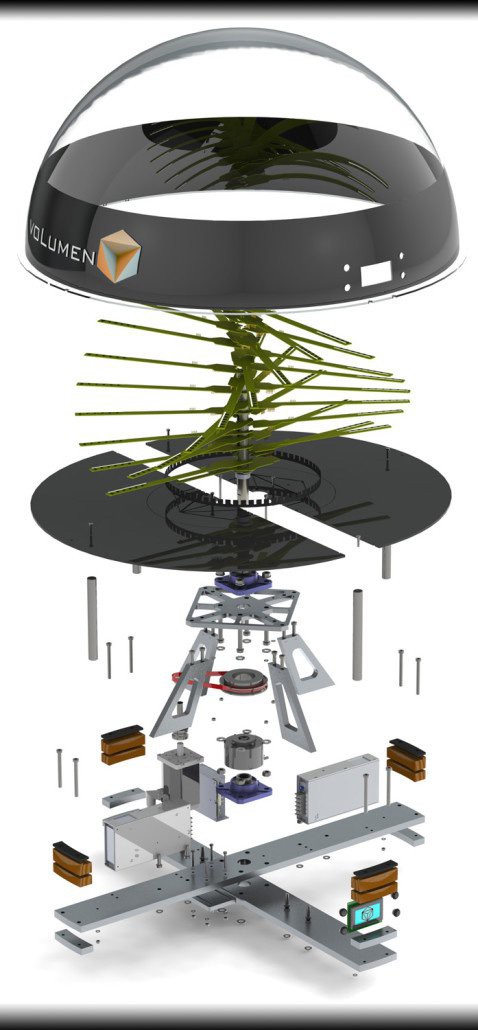
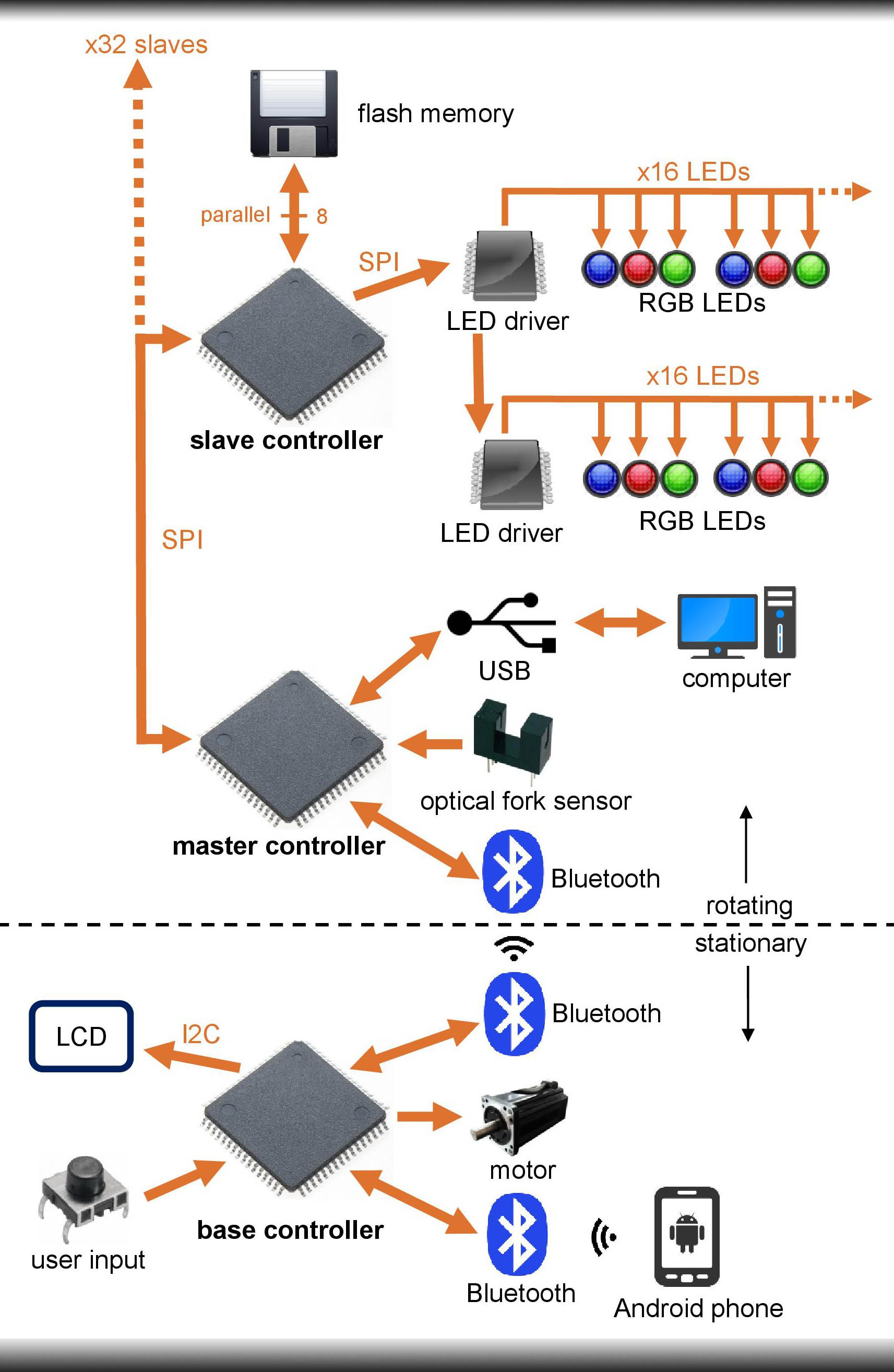


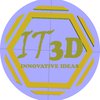


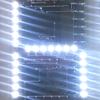
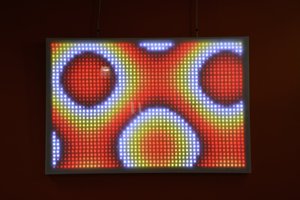
 Ben Delarre
Ben Delarre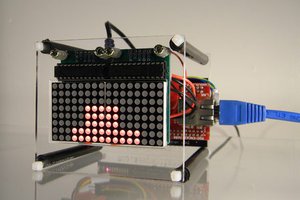
 bonafidegeek
bonafidegeek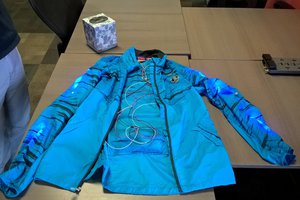
 George Sun
George Sun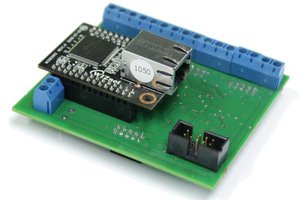
 Yann Guidon / YGDES
Yann Guidon / YGDES
Hello! i wanted to ask, how was your experience with different RPMs for the POV effect? I've heard 300 rpm should be enough, I'm currently researching for my own display